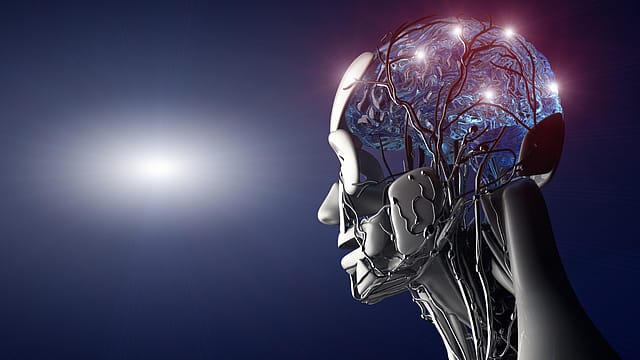Top four AI-led trends in 2019
ADVERTISEMENT

Technology tends to evolve faster than most things we know, but even by tech standards, the last five years have been exponentially transformative, to say the least. With the rise of 4G adoption and smartphones getting better, more bits can be pushed to users in real-time and thus delivering richer experiences. Advancements in AI, in particular, have been incredible, all across the board whether it is machine learning, neural networks, vision, natural language processing (NLP), and so much more. In 2019, even payments have become seamless and people have more trust paying online. With the rise of crypto and blockchain, innovation on this front can be limitless. This has enormous potential in enabling more trustworthy products.
These advancements in technology have opened the door for further improving things that we today assume have reached their limits. So much more is possible today that wasn’t, even just a few years ago.
So, let’s take a look at the big artificial intelligence (AI) trends that unfolded in 2019.
AI-enabled chips
AI systems operate in two distinct phases.
- The training phase: develops and trains the algorithms for a specific task
- The inference phase: deploys the system for the task for which it was trained
Each phase requires processors with a specific skill set in order to operate at peak efficiency. Chipset makers introduced AI chips in 2019 to match the surge of AI apps and featured rolled out for smartphone and laptop users. These chips engage on specialised processors, helping to run the applications faster using Artificial Intelligence. In the year 2019, NVIDIA, Intel, ARM, AMD, and Qualcomm brought in the new models of chips specialised in the execution of AI-enabled applications much faster and are well optimised for the processes involved in facial recognition, computer vision, speech recognition and NLP as all such tech needs a complex mathematical computation which was quite difficult for erstwhile CPU systems to process.
December 2025
The annual Fortune 500 India list, the definitive compendium of corporate performance, is out. This year, the cumulative revenue of the Fortune 500 India companies has breached $2 trillion for the first time. Plus, find out which are the Best B-schools in India.
Voice assisted search
One of the most relevant and widely used AI examples in today’s world are voice-assisted devices. With new advancements in voice-assisted search, no year has made the keyboard look redundant the way 2019 has. By 2020 almost every device will have a voice-powered assistant as they are getting better every day engaging maximum users to follow. Conversational AI has really disrupted and shifted the consumer behaviour in 2019 by just leveraging the tip of the iceberg and 2020 is set to see major innovations being introduced in this space.
Convergence of blockchain, IoT and AI
Artificial Intelligence constitutes the brain which is set to catapult and spearhead the transformation of the future, IoT will act as the backbone of the connected society and blockchain will establish an impregnable data exchange chain between them. In 2019, when these three technologies are studied individually, you discover how AI is transforming working environments, imposing efficiency on planning and performing productive tasks in all kinds of industrial activities with the generalised integration of robots and automation. In particular, blockchain is decentralising the economic and financial sectors and displaying its potential for application in other areas, whereas IoT is succeeding in transforming the Internet into an instrument acting as a transmission belt in the execution of analytics-based AI processes. AI also excels in blockchain to facilitate the data shared helping to prevent data breaches, scalability and trust issues.
AI-Powered cybersecurity
While the cybersecurity space has also seen significant improvements in 2019, Intelligence guided by a source of structured and unstructured data artifacts such as new stories and blogs, AI is improving its knowledge to detect threats and cyber risks with ease. The future of AI in cybersecurity will easily handle the bulk of event monitoring and incident response. This will allow the software to recognise the pattern in web requests and automatically block a threat.
Views are personal.
The author is VP of AI & data technologies, Hike
